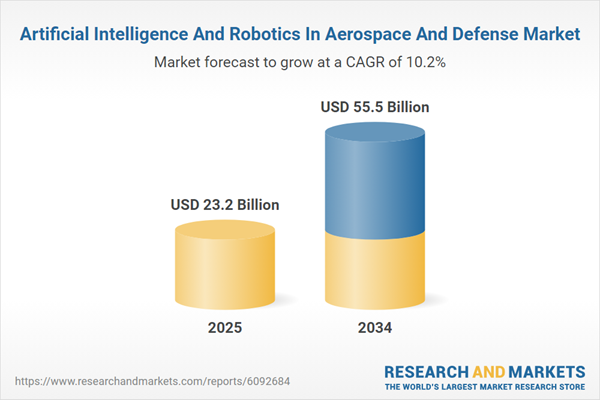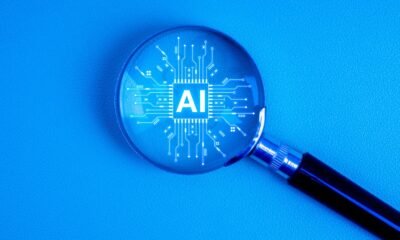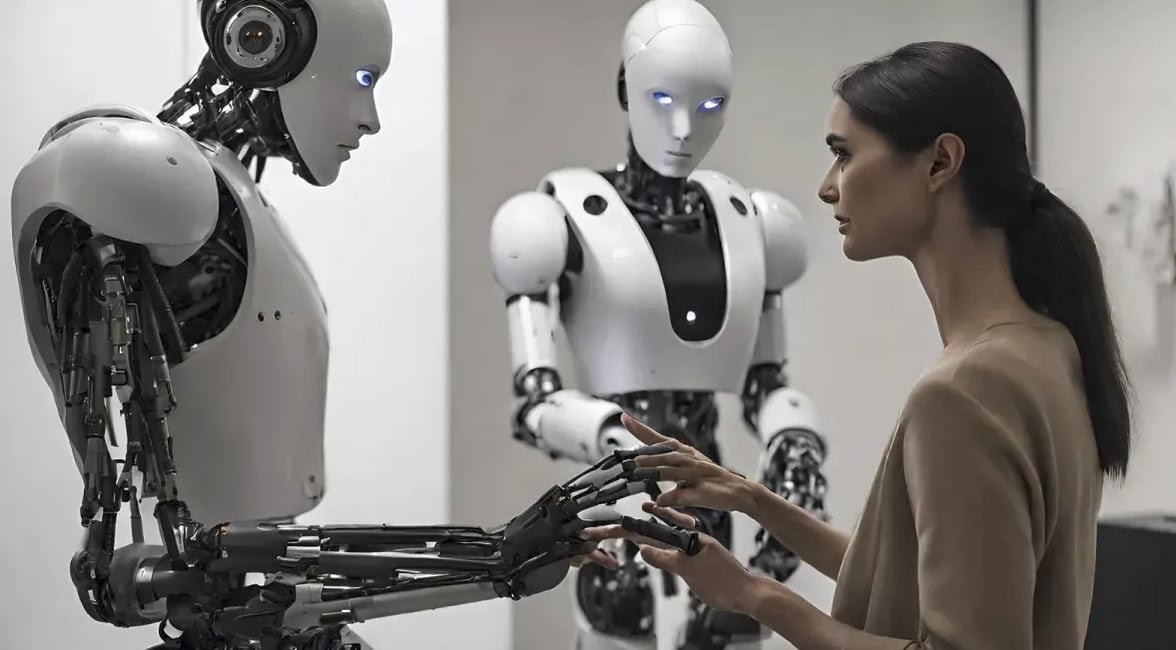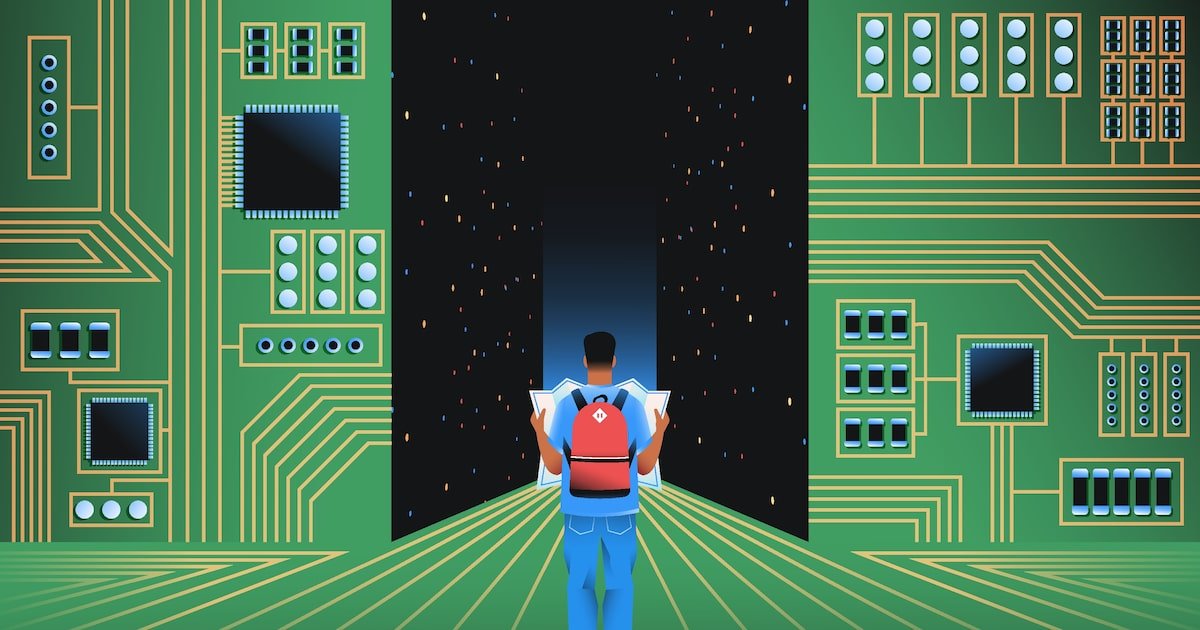Dublin, July 14, 2025 (GLOBE NEWSWIRE) — The “Artificial Intelligence And Robotics In Aerospace And Defense Market Outlook 2025-2034: Market Share, and Growth Analysis By Type, By Technology, By Application” report has been added to ResearchAndMarkets.com’s offering.
Artificial Intelligence And Robotics In Aerospace And Defense Market is valued at USD 23.2 billion in 2025. Further the market is expected to grow by a CAGR of 10.2% to reach global sales of USD 55.5 billion in 2034
The AI and robotics in aerospace and defense market involves the application of AI technologies and robotic systems to enhance military operations, improve defense capabilities, and automate aerospace manufacturing. This includes using machine learning for autonomous navigation, computer vision for target recognition, and robotics for unmanned systems. AI helps to improve situational awareness, reduce human error, and enhance operational efficiency.
The market is driven by the increasing demand for autonomous systems, the need for improved defense capabilities, and the growing adoption of AI and robotics in military operations. AI-powered autonomous systems can perform complex missions without human intervention. Robotics can automate manufacturing processes and improve production efficiency. Computer vision can enhance target recognition and surveillance capabilities. The adoption of unmanned aerial vehicles (UAVs) and autonomous vehicles is further fueling this market.
Challenges include addressing ethical concerns related to autonomous weapons systems, ensuring the security and reliability of AI-powered systems, and integrating AI and robotics into existing defense infrastructure. However, the potential benefits, such as improved operational efficiency and reduced human risk, are driving significant investments. The market’s future trajectory depends on the development of ethical and reliable AI and robotics solutions for aerospace and defense applications.
Key Insights Artificial Intelligence And Robotics In Aerospace And Defense Market
- Increased use of AI for autonomous navigation and target recognition.
- Growth of robotic systems for unmanned aerial vehicles (UAVs) and autonomous vehicles.
- Adoption of AI for predictive maintenance and logistics optimization.
- Development of AI-driven simulation and training systems.
- Use of AI for cybersecurity and threat detection in aerospace and defense.
- Increasing demand for autonomous systems and improved defense capabilities.
- Need for reduced human risk and improved operational efficiency.
- Growing adoption of AI and robotics in military operations.
- Potential for AI to enhance situational awareness and decision-making.
- Advancements in AI algorithms and robotics technologies.
- Addressing ethical concerns related to autonomous weapons systems.
- Ensuring the security and reliability of AI-powered systems.
- Integration of AI and robotics into existing defense infrastructure.
- Skilled workforce requirements for AI and robotics development and deployment.
- Maintaining transparency and accountability in AI-driven military operations.
Your Takeaways From this Report
- Global Artificial Intelligence And Robotics In Aerospace And Defense market size and growth projections (CAGR), 2024- 2034
- Impact of recent changes in geopolitical, economic, and trade policies on the demand and supply chain of Artificial Intelligence And Robotics In Aerospace And Defense.
- Artificial Intelligence And Robotics In Aerospace And Defense market size, share, and outlook across 5 regions and 27 countries, 2025- 2034.
- Artificial Intelligence And Robotics In Aerospace And Defense market size, CAGR, and Market Share of key products, applications, and end-user verticals, 2025- 2034.
- Short and long-term Artificial Intelligence And Robotics In Aerospace And Defense market trends, drivers, restraints, and opportunities.
- Porter’s Five Forces analysis, Technological developments in the Artificial Intelligence And Robotics In Aerospace And Defense market, Artificial Intelligence And Robotics In Aerospace And Defense supply chain analysis.
- Artificial Intelligence And Robotics In Aerospace And Defense trade analysis, Artificial Intelligence And Robotics In Aerospace And Defense market price analysis, Artificial Intelligence And Robotics In Aerospace And Defense Value Chain Analysis.
- Profiles of 5 leading companies in the industry- overview, key strategies, financials, and products.
- Latest Artificial Intelligence And Robotics In Aerospace And Defense market news and developments.
Key Attributes:
| Report Attribute | Details |
| No. of Pages | 150 |
| Forecast Period | 2025 – 2034 |
| Estimated Market Value in 2025 | 23.2 Billion |
| Forecasted Market Value by 2034 | 55.5 Billion |
| Compound Annual Growth Rate | 10.1% |
| Regions Covered | Global |
Companies Featured
- Microsoft Corporation
- Raytheon Technologies Corporation
- Boeing Company
- Lockheed Martin Corporation
- Intel Corporation
- Airbus SE
- IBM Corporation
- ThyssenKrupp
- General Dynamics Corporation
- Northrop Grumman Corporation
- Honeywell International Inc.
- Nvidia Corporation
- BAE Systems
- Thales Group
- Rolls-Royce
- Leidos
- Elbit Systems
- Israel Aerospace Industries
- T-Systems International GmbH
- Safran
- Indra Sistemas SA
- QinetiQ
- SITA
- Spark Cognition
- GE Aviation
- Iris Automation Inc
Artificial Intelligence And Robotics In Aerospace And Defense Market Segmentation
By Type
By Technology
- Natural Language Processing
- Context-Aware Computing
- Computer Vision
- Intelligent Virtual Agent (IVA) Or Virtual Agents
- Other Technologies
By Application
By Geography
- North America (USA, Canada, Mexico)
- Europe (Germany, UK, France, Spain, Italy, Rest of Europe)
- Asia-Pacific (China, India, Japan, Australia, Vietnam, Rest of APAC)
- The Middle East and Africa (Middle East, Africa)
- South and Central America (Brazil, Argentina, Rest of SCA)
For more information about this report visit https://www.researchandmarkets.com/r/gq2pf7
About ResearchAndMarkets.com
ResearchAndMarkets.com is the world’s leading source for international market research reports and market data. We provide you with the latest data on international and regional markets, key industries, the top companies, new products and the latest trends.











































